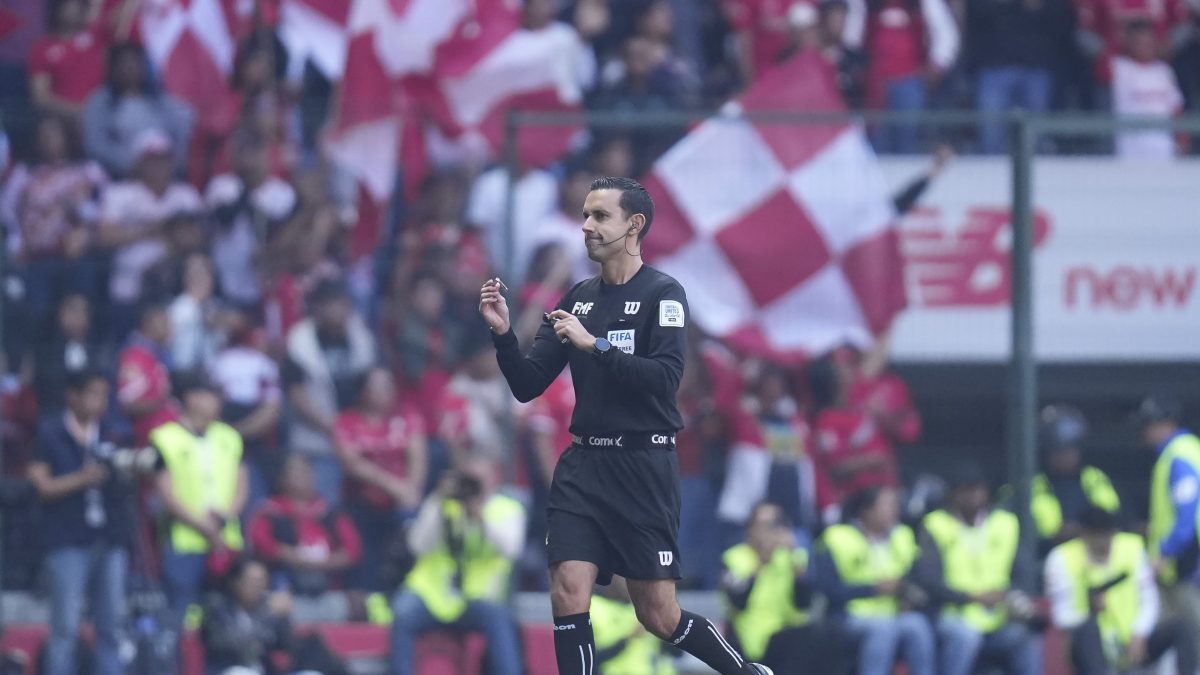América’s Goalkeeper Faces Assault with Nail Clipper from the Stands: A Shocking Incident and Its Implications
In a disturbing turn of events during a recent match, América’s goalkeeper was narrowly spared from a bizarre and dangerous attack involving a nail clipper thrown from the stands. This unsettling incident has not only shocked the soccer community but also raised serious questions about the safety of players, the effectiveness of stadium security measures, and the broader implications for spectator behavior at sporting events.
The Incident: A Close Call for América’s Goalkeeper
The incident unfolded during a high-stakes match, where tensions were already running high. As the goalkeeper for América was preparing for a goal kick, a nail clipper was launched from the stands, narrowly missing the player. It was a moment of panic, as the unusual object posed a real risk of injury. Fortunately, the goalkeeper was unharmed, and the match continued without any further disruptions. However, the bizarre nature of the attack has left many wondering how such an item made its way into the stadium and what measures should be in place to prevent future incidents.
Security Gaps in Stadiums: A Wake-Up Call
This event raises serious concerns about the security protocols at sporting venues. While stadiums generally have tight security measures in place, including bag checks and metal detectors, the fact that a small, sharp object like a nail clipper could be smuggled in suggests there may be significant gaps in the screening process. Experts argue that security staff need to be more vigilant and better trained to detect potential threats, no matter how small or unusual the objects may seem.
- Increased focus on smaller items: Security should be equipped to recognize unconventional objects that may pose a risk.
- Thorough crowd control: More attention needs to be paid to monitoring spectator behavior throughout the match.
- Use of technology: Enhanced surveillance and metal detection could help spot dangerous items before they reach the field.
The Psychology Behind Spectator Aggression
While this incident may seem isolated, it taps into a larger issue concerning the behavior of some spectators at sporting events. Historically, there have been cases of fans throwing objects at players, ranging from bottles and coins to, in rare cases, projectiles like nail clippers. This kind of aggression raises questions about the psychology of spectators who engage in such actions.
Experts suggest that the anonymity of large crowds can lead to a feeling of detachment, where individuals act out in ways they would not normally do in a more personal setting. The intense passion of fans, combined with alcohol consumption and the thrill of competition, can sometimes trigger violent or disruptive behavior. Understanding these psychological triggers is key to preventing future incidents.
Legal and Ethical Considerations: Holding Spectators Accountable
In light of this event, many are calling for stricter legal measures to hold spectators accountable for actions that endanger players. While incidents like these are rare, they are not without precedent, and current laws may not adequately address the full scope of such behavior. In some countries, fans who engage in violent behavior are banned from stadiums for life, and clubs may face fines or sanctions.
Furthermore, there is growing pressure on teams and stadiums to adopt a zero-tolerance policy for fan violence. This may include harsher penalties, such as banning fans for life, criminal charges for violent acts, and increased vigilance in identifying potential troublemakers before they can cause harm.
The Broader Impact: Player Safety and Mental Health
While the immediate physical safety of players is the most pressing concern, the mental and emotional toll of such incidents should not be underestimated. Players are already under immense pressure during matches, and the added stress of worrying about potential physical harm from spectators can affect their performance and mental well-being. As such, many players have called for stronger protections and psychological support to help them cope with the aftermath of such disturbing events.
The recent incident involving América’s goalkeeper is a stark reminder of the importance of player safety. While the physical threat may have been minor in this case, the psychological effects of being targeted by a spectator can be profound. It is essential that both the authorities and sporting organizations take the necessary steps to protect players from such attacks, both in the short and long term.
Improving Stadium Safety: What Needs to Change?
In response to this incident, there is growing momentum to improve safety protocols at stadiums worldwide. Some potential changes include:
- Increased security staffing: Larger teams of security personnel can help identify potential threats more quickly.
- Enhanced fan education: Promoting sportsmanship and the importance of respecting players can help curb aggressive behavior.
- Stronger penalties for offenders: Legal measures that increase the consequences for throwing objects at players could serve as a deterrent.
- Improved technology: Using advanced surveillance equipment, such as crowd monitoring systems, can help identify troublemakers before they act.
Conclusion: The Need for Comprehensive Action
As unsettling as the nail clipper incident was, it serves as a critical turning point for the sports community, prompting urgent conversations about how to better protect players both physically and mentally. The ultimate solution lies in a combination of increased security, improved spectator behavior, and a more thorough understanding of the psychological dynamics that fuel such incidents.
It’s clear that stadiums must evolve to ensure the safety of players is not just a priority, but a standard. The events surrounding América’s goalkeeper could be a catalyst for significant change, one that leads to safer, more enjoyable experiences for everyone involved in the world of sports.
For more on how sports organizations are addressing spectator safety, visit FIFA’s safety guidelines. For more detailed insights into psychological triggers of spectator aggression, see this article from Psychology Today.
See more Highlights Daily



